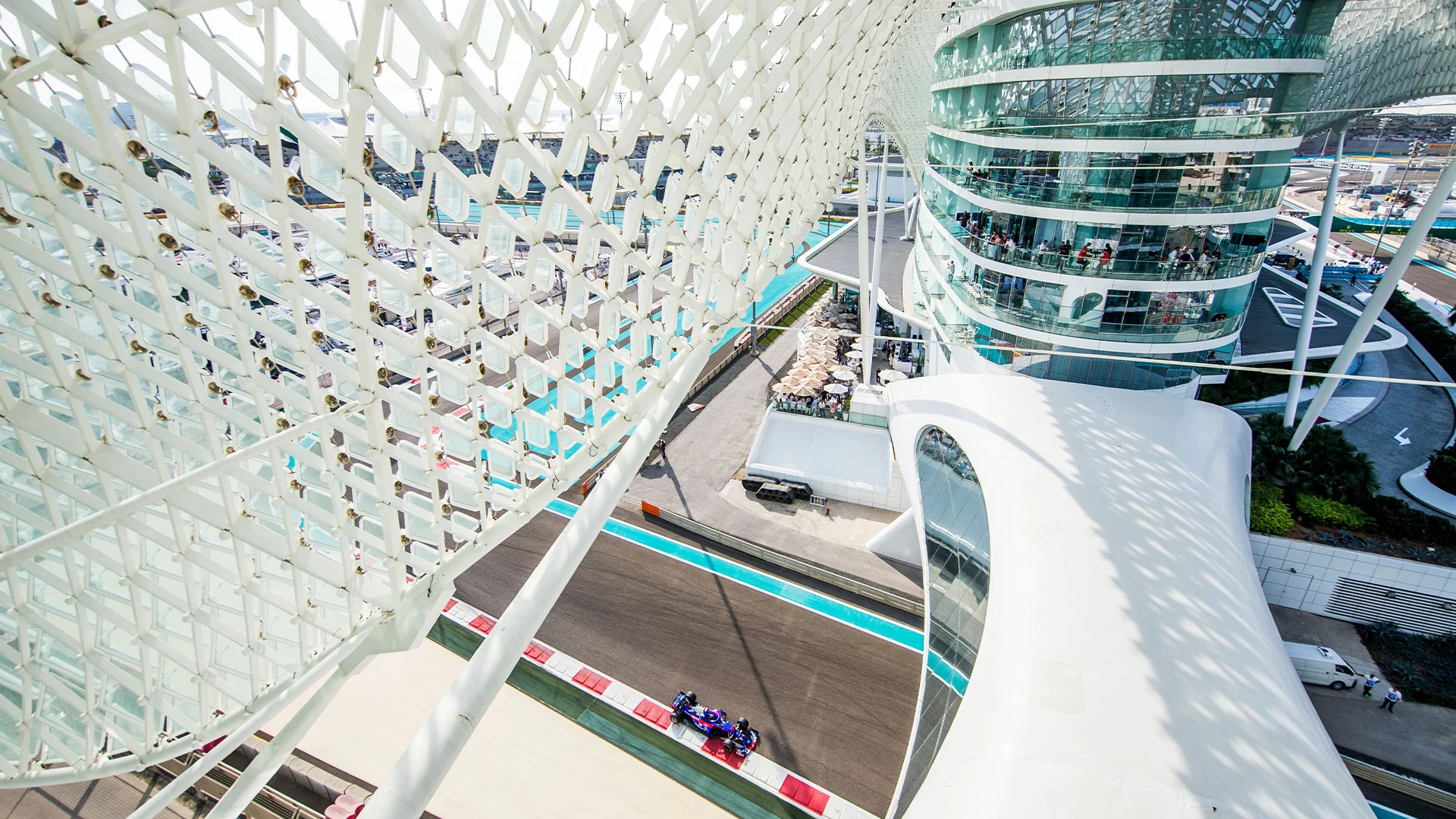The 2019 season comes to a close this weekend with the 21st round of the year at the Abu Dhabi Grand Prix. Here's why we love going racing at Yas Marina…
READ MORE: I was there… for the very first Abu Dhabi GP
1. It's the last day of school
How time flies. Nine months after we first saw the 2019 cars hit the track for the first time in Barcelona, and after 20 enthralling races, the end of the season is upon us.
The teams and drivers head to Abu Dhabi with the aim of signing off the season on a high note, and for some a lot is riding on this weekend’s race. While there is an end-of-school feeling around the paddock as it’s the last time most people will all be working together for a number of months, there’s plenty still to be decided.
As far as the constructors' championship is concerned, Toro Rosso can’t completely ignore Racing Point in seventh – a further 16 points adrift – but Otmar Szafnauer’s team will be more concerned with Alfa Romeo being just 10 points further back given their return of 22 points at Interlagos.
From a driver’s perspective there are also positions to be secured in the standings, with the standout ones being the battle for third place – Max Verstappen leading Charles Leclerc by 11 points – and the fight for sixth between Pierre Gasly, Carlos Sainz and Alex Albon. It might only be pride at stake, but they’d still rather come out on top than not…
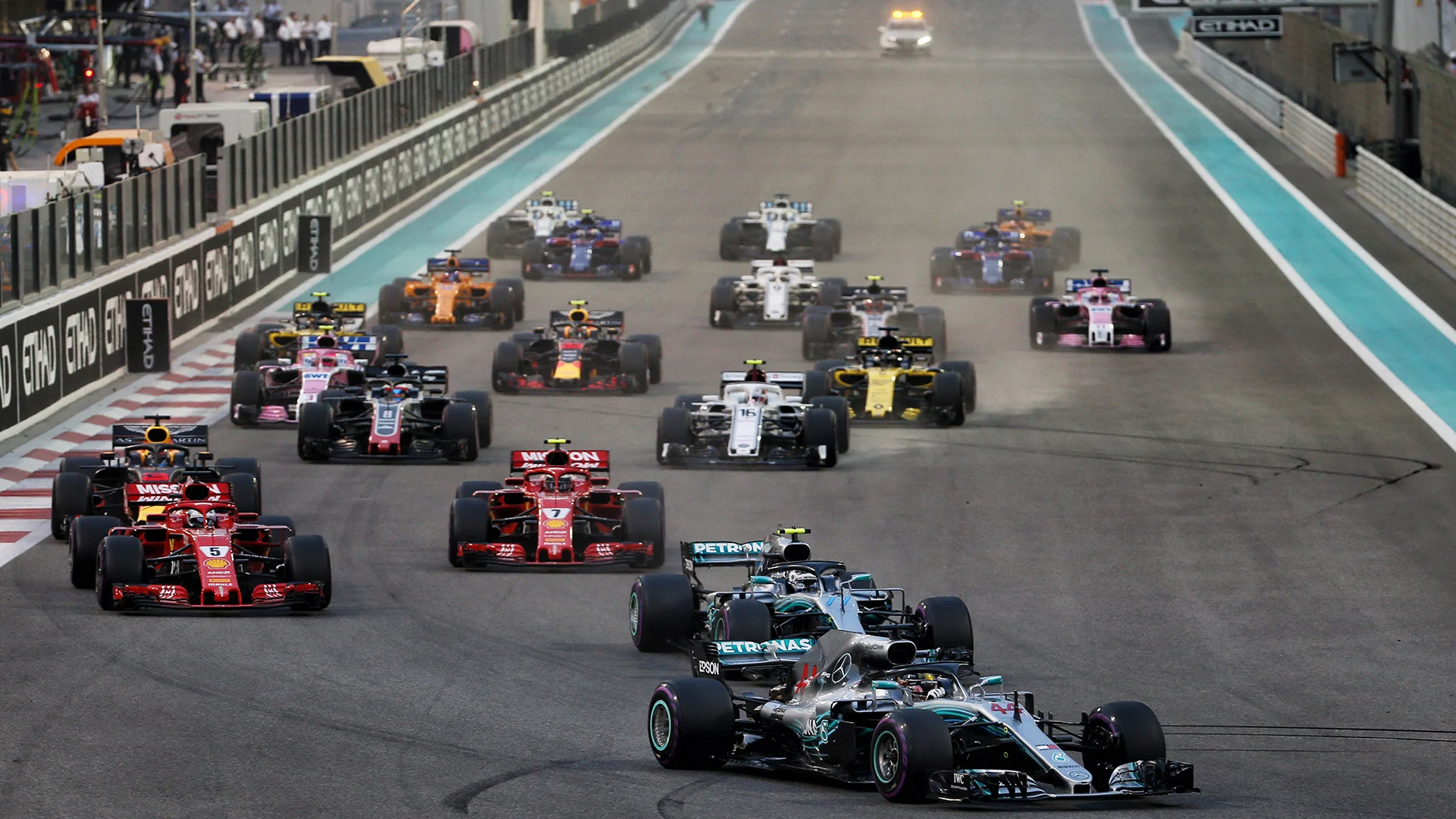
2. Yas Marina is a spectacular location
All of those scraps will take place at one of the most advanced racing circuits in the world. The Yas Marina Circuit opened in 2009 and so celebrates 10 years in operation this year, and it still remains a remarkable facility.
READ MORE: 11 things that happened in F1 between McLaren’s 2014 and 2019 podiums
The fact that the circuit winds its way around a marina is impressive enough, but add in a section that wraps around a hotel – and even passes underneath part of it – in the final sector and you get a modern circuit that still features some corners with little run-off that will punish mistakes.
On top of that, the timing of the race at sunset makes for a stunning setting to bring the curtain down on the season, with the backdrop changing throughout the race as the floodlights take hold.

3. The challenging track conditions
The timing of the race does not just have a visual impact, it also provides a specific challenge for the drivers. By starting as the sun is going down and finishing under full darkness, track temperatures drop during the race, which can have a major effect on the balance of a car.
On top of that, teams and drivers have limited track time available to hone their cars for those conditions. Similar to the races in Bahrain and Singapore, FP1 and FP3 both take place in full daylight and in warmer temperatures than will be seen on Sunday evening, so the only truly comparable session is FP2 before we get into qualifying and the race.
That means any driver suffering a problem or making a mistake in FP2 is going to be severely disadvantaged, but even a smooth session leaves the teams with much less data to work with than they are used to, which often leads to unpredictability and exciting racing.
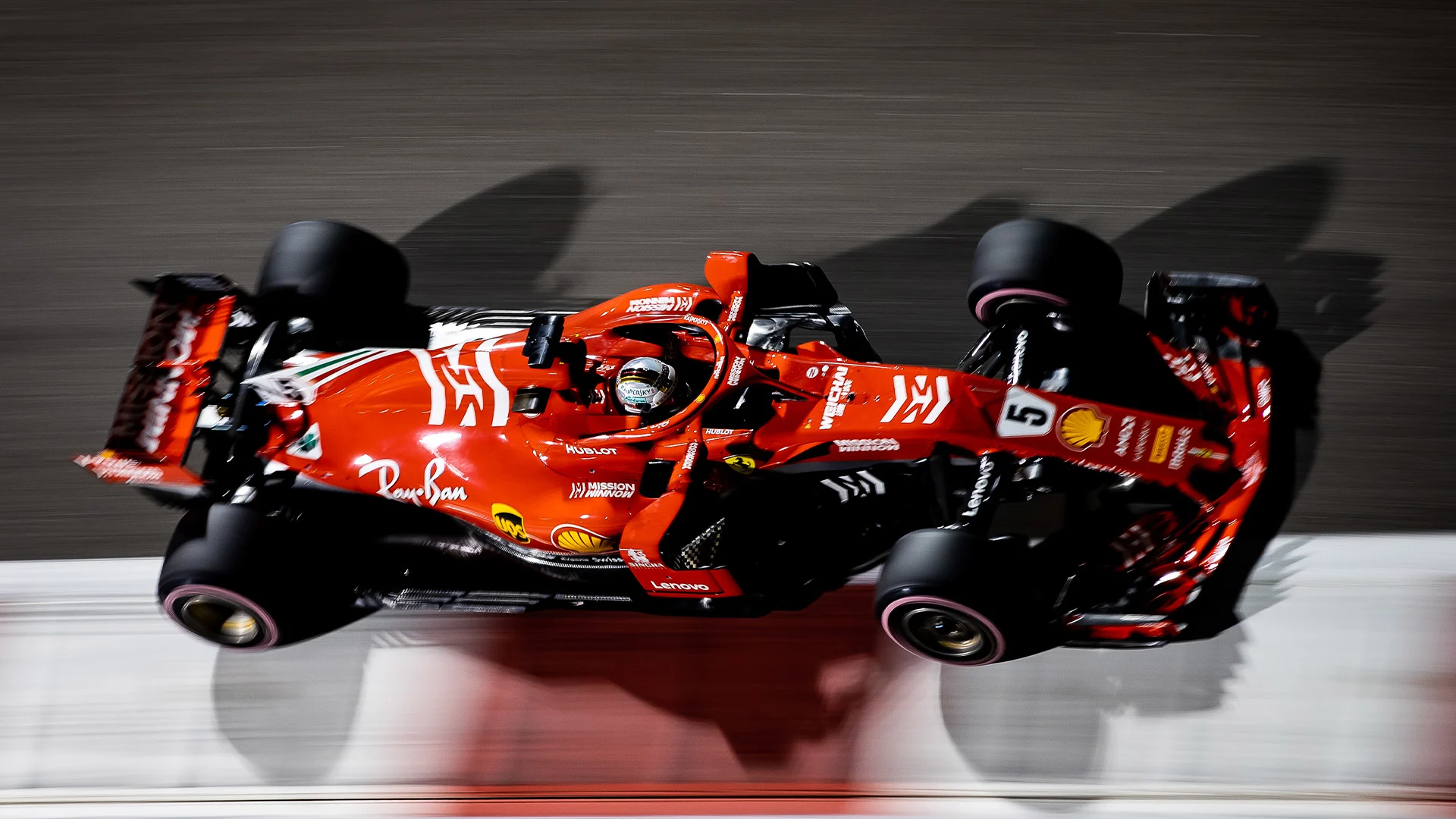
4. Key title-deciding moments
Abu Dhabi has had a slot towards the end of the year throughout its time on the calendar, starting off as the season finale in 2009. On that occasion – like this year – the title had already been wrapped up, but a year later it saw one of the most tense and dramatic championship deciders in recent history.
The final race in 2010 had four different drivers in with a chance of winning the championship. Fernando Alonso and Mark Webber were the favourites – separated by eight points – with Sebastian Vettel in third, 15 points adrift of Alonso. The rank outsider was Lewis Hamilton, who needed to overturn a 24-point deficit to former team mate Alonso.
In the end, Alonso and Webber got caught in their own private battle as pole sitter Vettel led the way from Hamilton, and an unlikely first championship went to the German as he won while the top two in the standings heading into the race could only finish seventh and eighth respectively.
Despite not deciding the title, 2012 was almost as dramatic. Vettel was the championship leader heading into Abu Dhabi but, after running low on fuel after qualifying, he was forced to stop on track and start from the back of the grid. Alonso looked set to take advantage and finished second to Kimi Raikkonen who won for Lotus, but Vettel produced a stunning recovery to take third place and maintain the championship lead before the United States Grand Prix and a sensational finale in Brazil.
And in both 2014 and 2016 the championship leader wrapped up the title in Abu Dhabi, with Lewis Hamilton and Nico Rosberg respectively getting the better of one another on those two occasions.
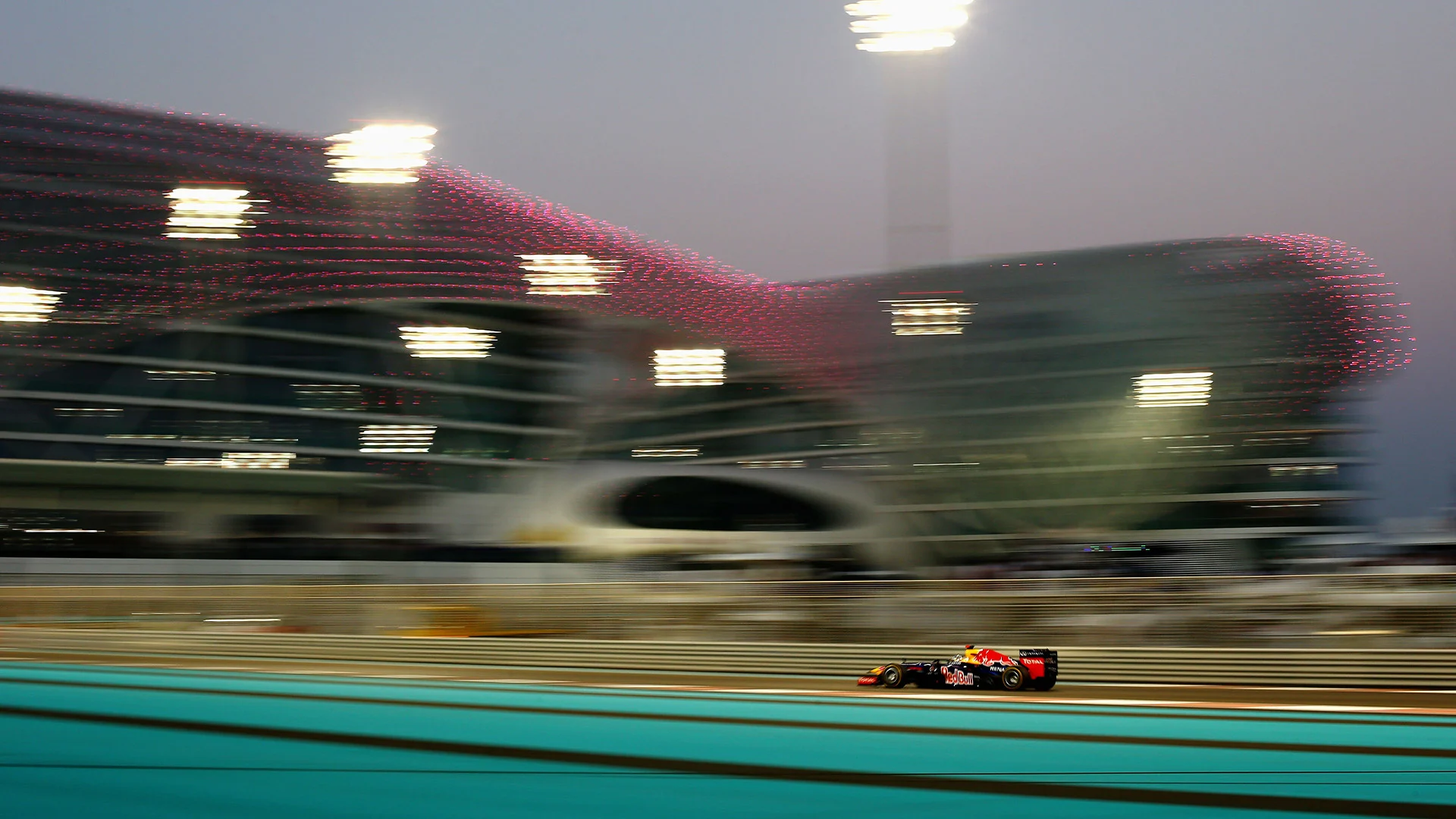
5. This is a racer's paradise
Vettel started from the pit lane rather than the back of the grid in 2012 in order to be able to make set-up changes to his car that would make it easier for overtaking, but his spectacular drive through the field was also possible because it is a track designed with racing in mind.
A flowing first sector is followed by a number of slow corners that are intended to bunch up the field, with the Turn 7 hairpin leading onto the longest straight on the circuit. Then comes a heavy braking zone at Turn 8, where a chicane means the defending driver has a chance of fighting back.
Immediately after that is another straight featuring DRS as we head towards the marina, with a further heavy braking zone leading into a left-right-left combination through which positioning is key so as to not be vulnerable on exit before the left-hander at Turn 14.
From there overtaking becomes more difficult, but the final sector still requires concentration with the barrier on the outside of Turn 19 – exiting from underneath the hotel – having caught out a number of drivers in the past.
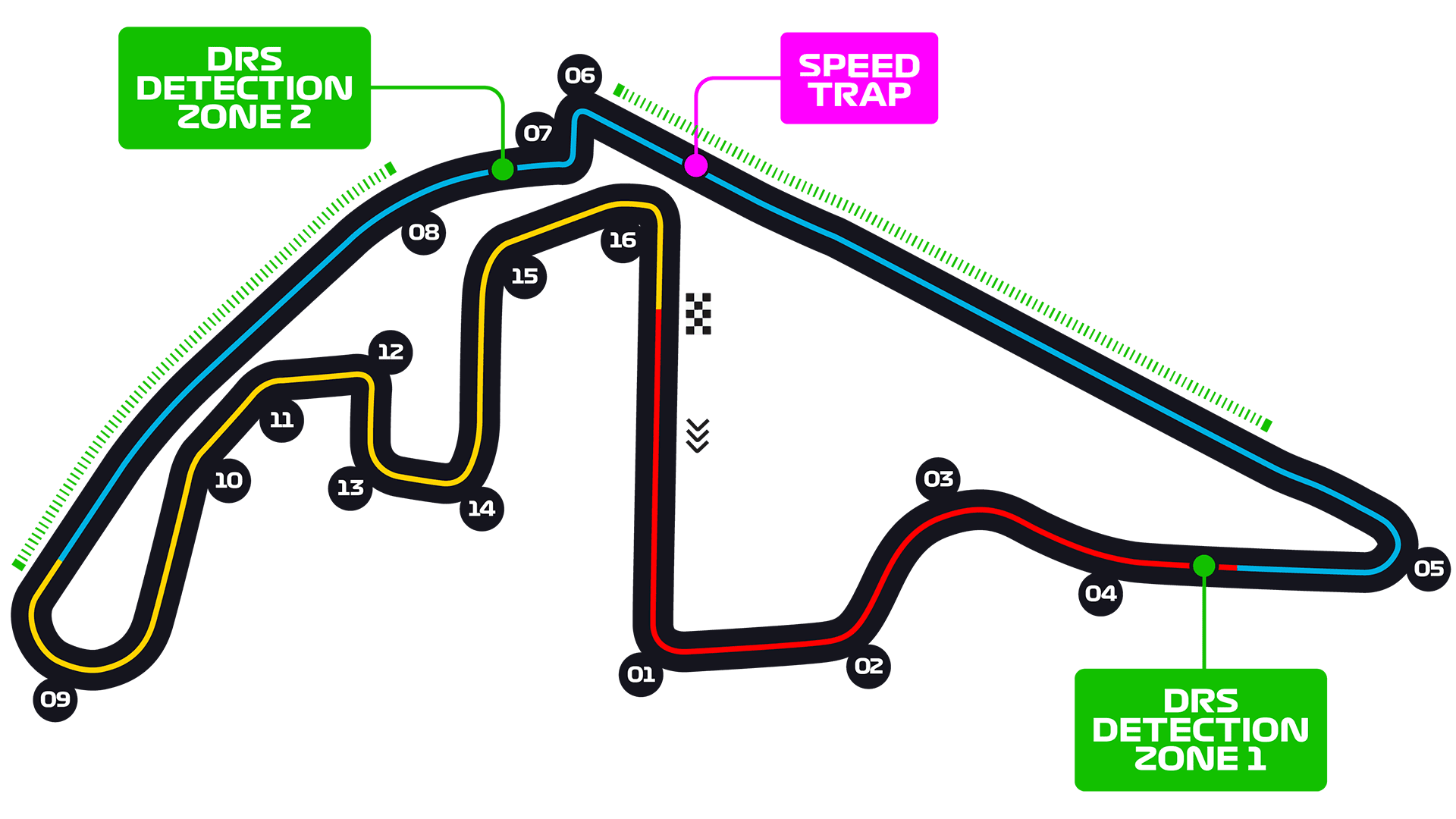
Next Up
Related Articles
 Logan Sargeant confirmed as Ford WEC Hypercar driver
Logan Sargeant confirmed as Ford WEC Hypercar driver.webp) 20 of the most exciting talents on the road to F1 in 2026
20 of the most exciting talents on the road to F1 in 2026 Haas single out big challenge of 2026 car
Haas single out big challenge of 2026 car Haas show off their new livery for 2026 F1 season
Haas show off their new livery for 2026 F1 season.webp) Aston Martin and Honda mark start of works partnership
Aston Martin and Honda mark start of works partnership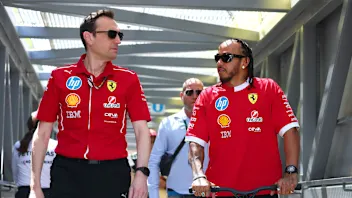 Hamilton to get new Ferrari race engineer for 2026 season
Hamilton to get new Ferrari race engineer for 2026 season

